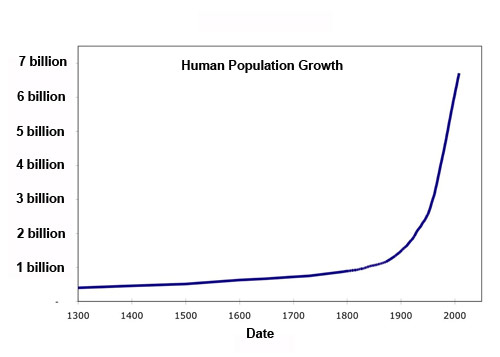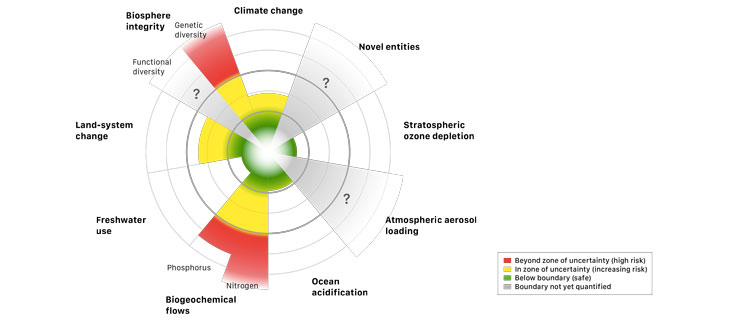Population is a critically important variable in the quest for a sustainable and healthy world. Population dynamics of natural populations is relatively well-understood. Introducing an exotic species into a new habitat where it faces little competition and has rich resources results in a steeply rising curve usually with pronounced exponential rates of increase. Here is the curve for human population increase (I used world bank and UN data) which looks more-or-less identical to a normal natural population of an introduced species with little competition and rich resources.

Over time the resource level and/or competitive factors or disease from overly dense populations begin to tip the curve so that the slope of population increase is decreased. Here is a chart of the recent changes in human population growth and a projection to 2050.
Continue reading

